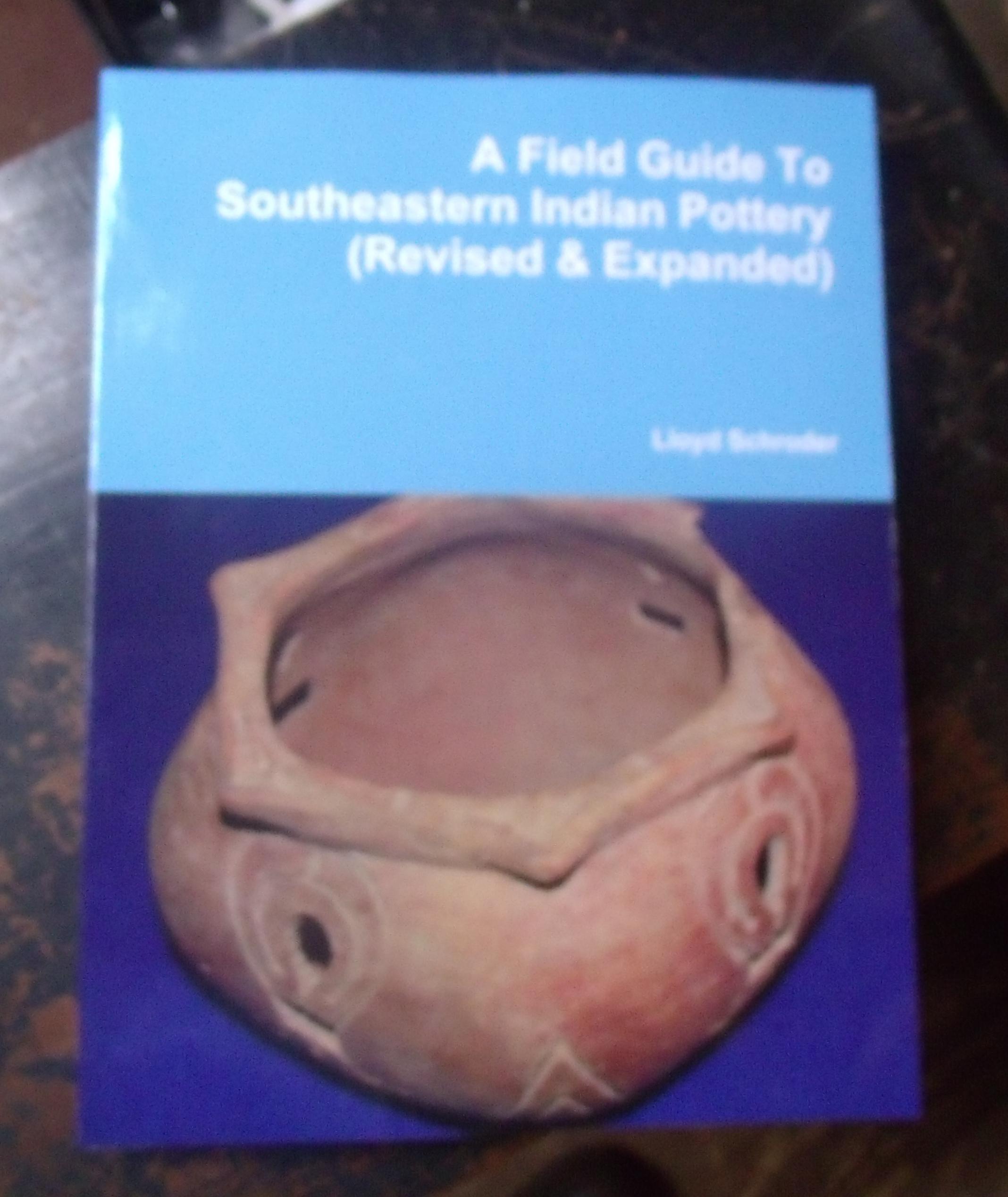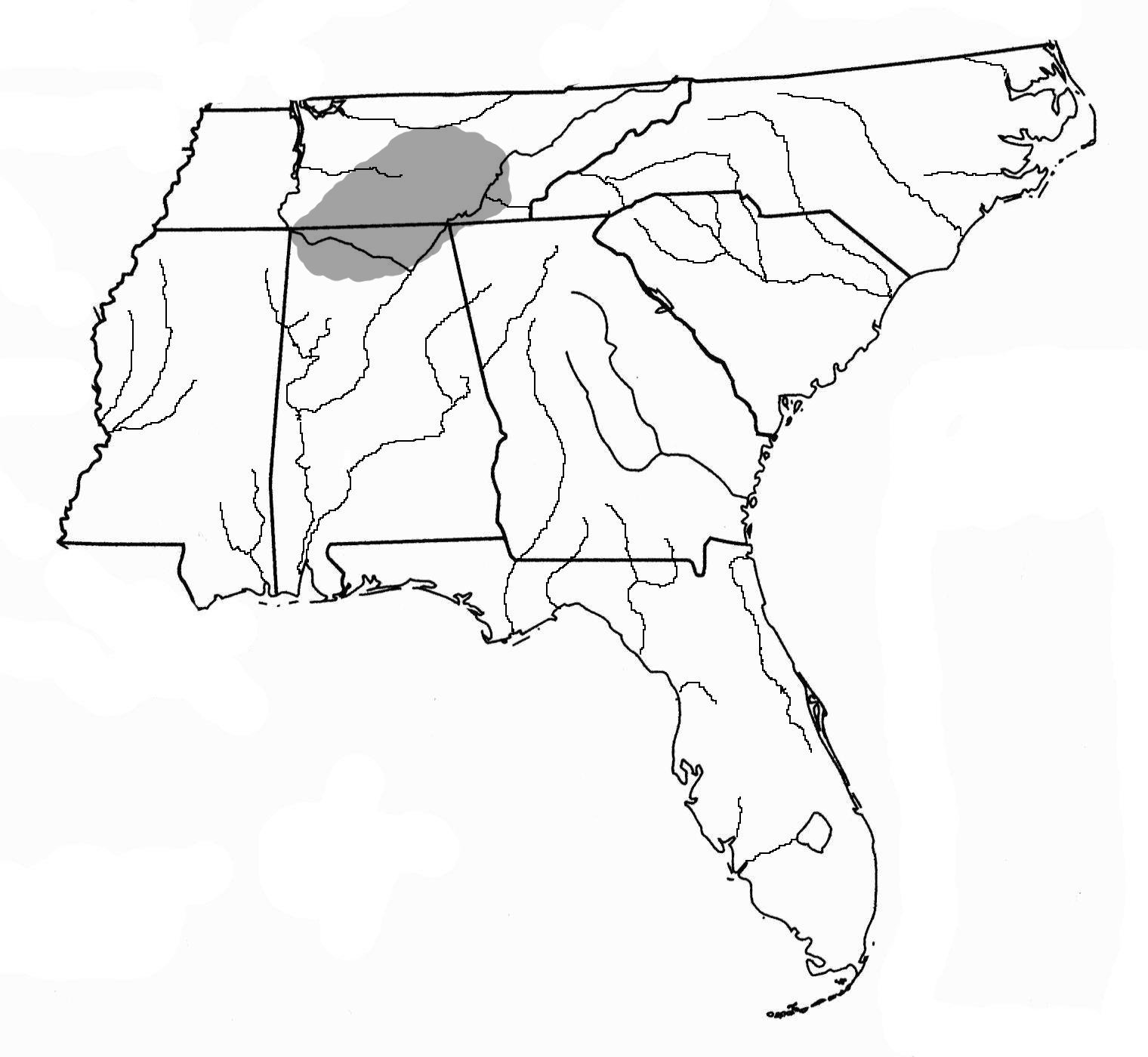——–Click on the surface treatment that most resembles your find———–
Pottery is an amazing artifact. There are many types, all with different designs or no design at all. Designs come from the potter’s imagination or his beliefs. All have different tempers, some of grit or small pebbles, some of Spanish Moss that has burned away, leaving only a trace of its existence. Some types are tempered with sand and some with clay; others with what some would call no temper at all, only to discover that there are small, microscopic sponge spicules that hold it together.
Think about this. Pottery is a lot like people. Each one was fashioned by the Potter’s hand, each uniquely designed from the Potter’s heart. Some were designed for daily use while others were designed for special occasions and celebration. All were tempered, but all have a different temperament. How has the Potter designed you and tempered you? What was His special plan and purpose? We are clay in His hands. Many are like much of the pottery we find, broken and discarded by the world, but there is still hope. Like the pot sherds that were broken and cast aside, then recovered and rounded into gaming stones to become the center of joy in an Indian’s life, our broken lives can be renewed to become the center of joy in the Potter’s heart.
For more detailed information on these and other pottery types within the Southeastern United States, please see our “Publications” page to order Lloyd Schroder’s Field Guide to Southeastern Indian Pottery (Revised & Expanded).
This amazing new book contains over 500 pottery types, each explained in very readable terms with thousands of illustrations and maps of distribution. The volume has earned the acilades of senior archaeologists like David Anderson of the University of Tennessee and well-known Georgia archaeologist Jerald Ledbetter. No serious student of archaeology should be without it.

This type was named and defined by Dunlev (1948) and studied by Tom Lewis and Madeline Kneberg in the Chickamauga Basin. Examples have been recovered inn Middle Woodland sites in the Flint River Basin by Dunlevy and in sites of the same period by Lewis and Kneberg in the Chickamauga Basin.
Middle Valley pottery is tempered with Limestone. Vessels have a rough surface of either small brushed lines done without regularity or scraped lines that appear to be done with perhaps twigs scraped in a diagonal direction. Both surface treatments seem to converge at the base of the vessel.
No vessel description was given by Lewis and Kneberg except for drawings by Herman Stauch. The sherd above suggests at least a medium to large globular jar form with a straight color and rounded rim. Given Stauch’s drawings, it could be expected to have a conical base.
Middle Valley Brushed pottery dates to the Late Woodland period. It has been recovered at least from the Flint River region of Alabama to the Chickamauga Basin of Tennessee.
